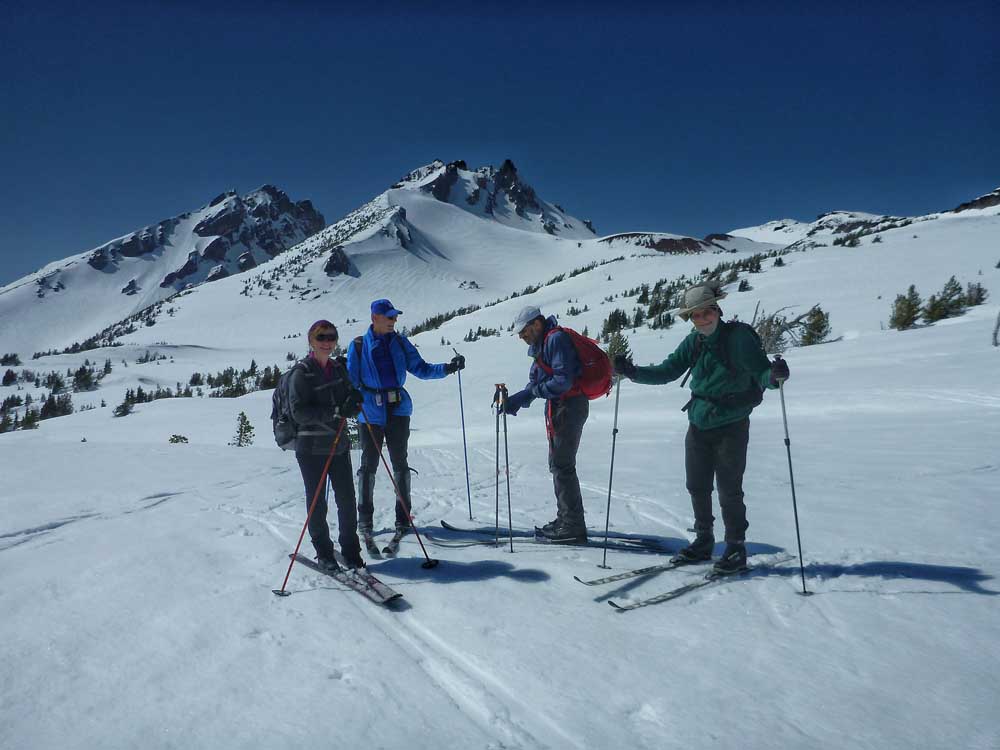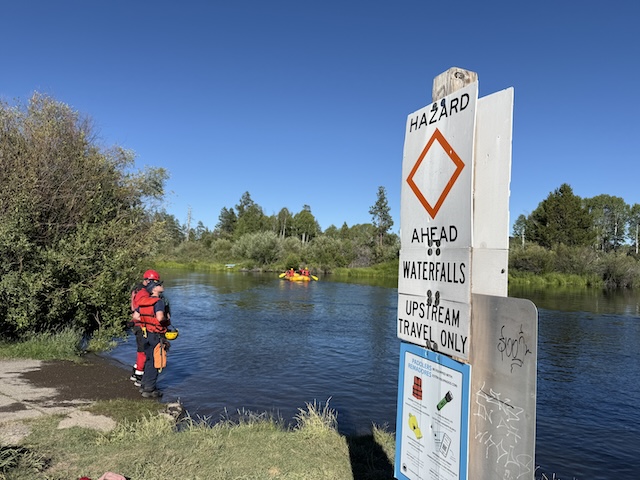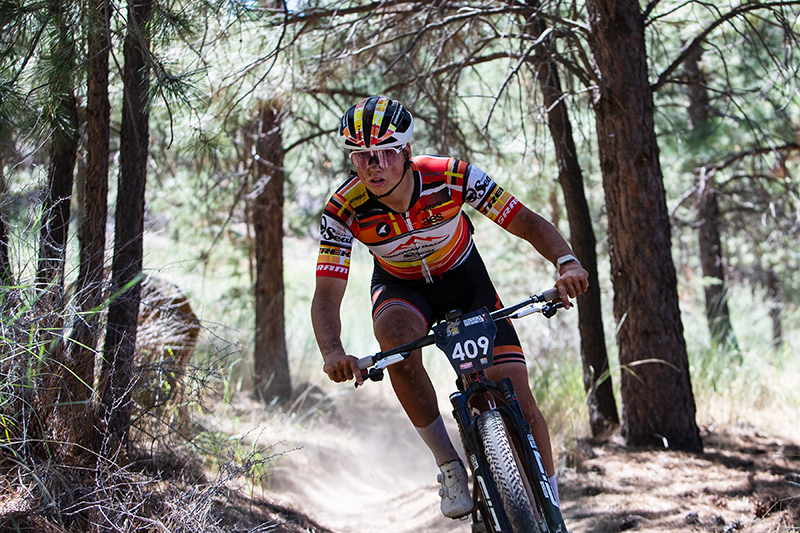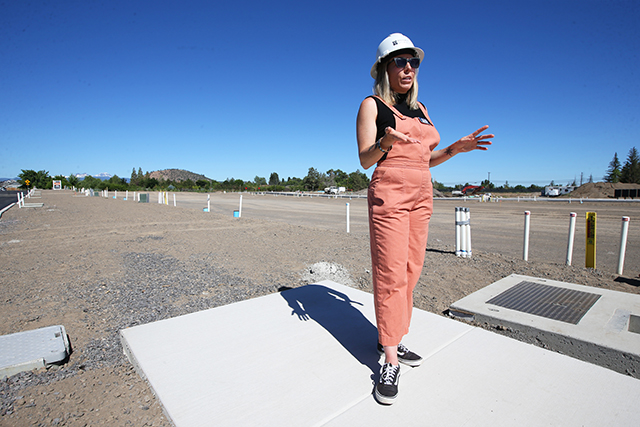Central Oregon Nordic Club wraps up winter season, keeping an eye on climate change
Published 3:40 am Friday, February 25, 2022

- A quartet of cross-country skiers pauses in a picturesque spot in the Broken Top area.
Well, the days are getting longer, and the snowpack is getting thinner. For cross country ski and snowshoe enthusiasts, there’s just a bit of wistfulness as the ski season begins to wind down.
For those of us in the Central Oregon Nordic Club (CONC) who maintain the ungroomed ski and snowshoe trails in the region, our winter maintenance activities are also winding down.
Trending
In a normal year, we would now be approaching maximum snowpack, and we would be out with pole saws and assurance markers, making sure the more remote trails are adequately marked and there are no branches in the way of making those markers visible for trail users.
But not this year. The snowpack isn’t deep enough to allow putting new markers high enough to be visible in those years with normal snowpack. So this is an unusually quiet time for us.
However, it’s perhaps too early to get discouraged. March often brings heavy snowfalls, which can extend the season well into spring.
The longer days and a consolidated snowpack can then make for some of the best off-trail cross country skiing of the year.
The backcountry beyond the marked trails becomes more accessible.
It takes some navigation skills to find one’s way, but a ski up into the high country around Broken Top, or the Three-Fingered Jack area north of Santiam Pass, or even just crust cruising south of Wanoga can be an enjoyable way to spend a day. But do remember to be prepared — and bring that sunscreen.
Trending
This is also the time of year to be thinking about the future. This past fall, CONC got approval from the Forest Service to add about 10 miles of new or rerouted trails. We have plans to reroute a couple of ski and snowshoe trails at Edison to avoid sensitive wildlife areas. We’ll be adding four snowshoe trails — two at Edison, one at Vista Butte and one out of Dutchman Flat — to accommodate this increasingly popular sport.
In the Swampy Lakes area, we’re planning to add a couple of scenic trails to offer more loop options for skiers. We also expect to reroute a couple of sections of trail to make them safer and easier for less experienced skiers. There are always old or damaged signs that need replacing. A number of other small projects are also on the slate, and it will keep our volunteers busy for the next few years.
There’s a longer-term question as well: What will the future bring for winter recreation in the region? Many of us old-timers remember epic snowpacks of the past and wonder if we will ever see them again. In fact, we are already making some adjustments to Nordic trails based on climate change: The new trails and trails we are re-routing are being designed with sun exposure and snowpack conditions in mind. We have plans to decommission some of the lower-elevation trails at Edison because they no longer get much use due to lack of snow.
But while there is snow, we will continue to maintain ungroomed nordic trails and shelters for people to enjoy. We know how the silent journey into the solitude of the backcountry in winter makes life more joyous and meaningful. We are dedicated to opening up this kind of experience to anyone, whether a local or a visitor to our beautiful region. I am optimistic that — through collaboration with the Forest Service and the organizations involved in the Deschutes Trails Coalition — CONC can work to find solutions to the challenges ahead.








